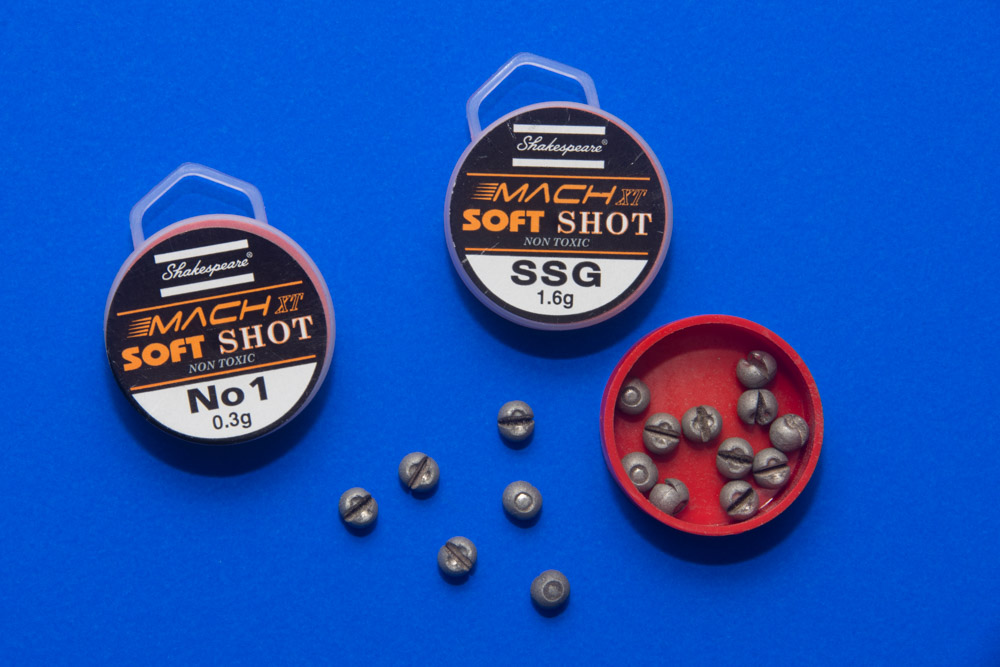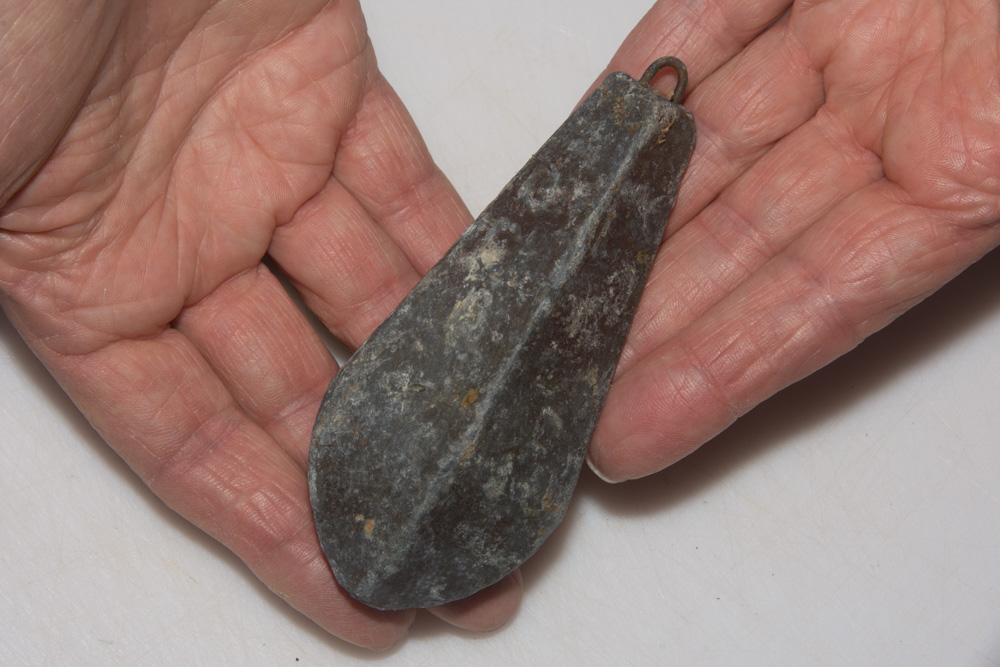News that lead will be banned within fishing and the fishing tackle industry in the USA by 2022 has caused equal concern within the UK, should we decide to eventually follow suit.
The United States Fish and Wildlife Service issued this directive the day before President Obama left office. It is designed to phase out the use of lead using the phrase within the directive, “requires the use of nontoxic ammunition and fishing tackle to the fullest extent practicable for all activities on Service lands, waters and facilities by January 2022”. The sportfishing industry is rightly going to fight this directive, but I’m hearing that there is not a lot of optimism for success, though there is some hope the new Trump administration may see sense and repeal it.
Some sizes of lead shot for fishing were banned in January, 1987 here in the UK due to waterfowl ingesting lost shot when feeding, though the majority of this “lost” shot was undoubtedly from shotguns with only a tiny proportion due to lost fishing tackle. It remains illegal in the UK to use lead weights of less than 1oz in weight, or 28.35 grams, with fines up to £5000 and confiscation of your fishing tackle possible.
It does though, raise the question of how sea anglers, and freshwater anglers, in the UK would cope with any potential total ban of lead. Just because we’re coming out of the EU won’t stop the current government, or future governments, reacting to general world initiatives on the use of what are deemed to be toxic additives and materials as governments worldwide tend to follow each other like sheep over time.
Take surf casting for instance. Lead, for weights, is the ideal material. Relatively cheap, easy to mould, commonly available, and it’s dense in weight for a given size. The same applies to offshore fishing in deep water. Lead is heavy for its size and the ideal weight material to get down deep and stay in contact with the seabed. Many lures, such as shads, are made with lead heads, and these too would be difficult to find a replacement for.
Steel has been quoted as a possible substitute, but my understanding is that cheap steel is one hundred times harder than lead and more importantly has only two-thirds its density. The overall diameter sizes of weights would need to increase proportionately, plus the manufacture of steel weights would likely not be feasible in tackle shop sheds and back gardens where many current fishing leads are privately made. The cost, I believe, would also be proportionately greater.
Companies producing shot for shotguns now create non-toxic shot from materials such as bismuth, tungsten, nickel, iron and other elements and alloys. Some of these have a density greater than lead, which would be ideal for long range casting and deep water fishing, but the cost of these materials is way higher than lead, and as I understand it, would be too expensive to consider as a viable alternative, plus I’d expect they would require professional manufacturing facilities.
Short range fishing would obviously be less of an issue. When I was young and financed my fishing via pocket money, I regularly made concrete sinkers in egg cartons, scrounged spark plugs from garages, and would also use old heavy nuts and bolts. At a pinch, I guess we could go back to these, but even so, it’s far from ideal, and a friend in the garage business tells me spark plugs are now recycled.

Breakaway Tackle have been forward thinking and already have a non-toxic lead available. These perform exactly as a normal lead weight will, and great credit goes to Breakaway for having an eye on the future. However, due to the cost of the non-toxic material prices are around £1.75 for a 100gm lead compared to a comparable 4oz shop sinker selling for £1 or less. I’d assume, as a general guide, if the 100gm weight costs £1.75, then an 8oz boat weight would be double. I don’t see many boat anglers forking out £3.50 to over £7 for offshore weights they are likely to lose in number, say when reef or wreck fishing. Though that’s just my opinion.
It’s going to be interesting now to see how the tackle manufacturers worldwide respond to this potentially massive change. There is now, a major opportunity for companies with money to innovate, to find an environmentally friendly alternative for the mass market at a logical cost with the long term in mind. With so many Chinese and foreign factories dependent on overseas sales, then they also are likely to be thinking of an alternative, affordable weight material for use in lures and other products.
Even if the USA directive to ban lead in fishing is over turned, it will only be for the time being. With out doubt, this issue will come again sometime in the very near future. In fact, this is not the first time it’s been raised re the UK, either. As a sport, we need to be prepared. Currently we are not. If the ban on lead for fishing escalates and goes global, the damage to the sport as a whole will be massive and prove very restrictive on how we are able to fish in the future. Time is ticking!
